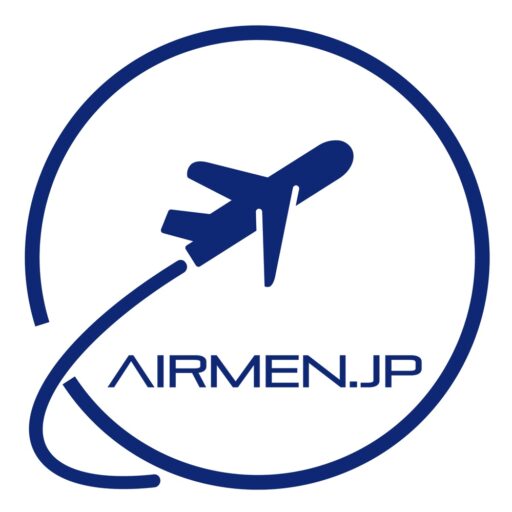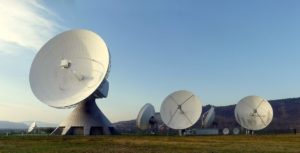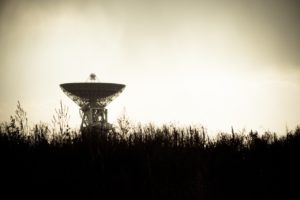110. 航法援助施設
章1第
法律上は航法援助施設の定義がなく、その分類もないが、 航空機の位置を確かめ、その航法を援助するための施設は 一般に航法援助施設と呼ばれ、その多くは無線施設である。
日本における無線航法援助施設は主に国土交通省および 防衛省において整備運用され、それぞれ管轄する施設が定 期的に検査され、 該当検査項目の誤差が許容値内であるこ とが確認されたうえで航空の用に供されている。
一般に、パイロットは無線航法援助施設は完全なものと 考え勝ちであるが、 いずれの施設もそれぞれに認められた 範囲内の誤差を含んでいることはいうまでもない。 施設 の誤差は一般に施設自体の問題よりも地形や近くの建築物 による場合が多い。 また、航法上の誤差は無線航法援助施 設自体の誤差に加えて航空機に装備されている受信機およ び指示装置の性能あるいはそれらの取扱いによる誤差も見 逃してはならない。 パイロットはそれらを考慮したうえで 諸施設を利用し、 またその利用限界を知ることが大切であ る。 注 ) 航法援助施設は一般に 「ナブエイド」 (Nav aid) あるい
は 「ナブエイズ」 (Nav aids) と呼ばれている。
110. AIR NAVIGATION AIDS
The “air navigation aid” is neither legally classified nor defined; however, most of air navigation aids utilized to fix an aircraft position are generally known as the radio facilities.
Most of the radio air navigation aids are operated and controlled by the MLIT or the Ministry of Defence. Also, these aids are served for aircraft operations with periodic inspections on the composing elements in order to confirm operational fidelity.
Generally, a pilot tends to regard a radio navigation aid as being absolutely accurate; however, each facility may contain an admissible level of indigenous errors. These errors are generally created by influences of terrain or any buildings in the vicinity, rather than by the characteristics of the aid itself. However, a pilot should understand that the total navigational errors consist of errors created by airborne receivers, airborne indicators and the reading manner of the pilot, in addition to indigenous errors. Therefore, a pilot should understand the limitation of radio navigation aids when his or her navigation is predicated on these radio navigational aids.
Note : A radio navigation facility is generally called a “nav aid” or “navaids”












